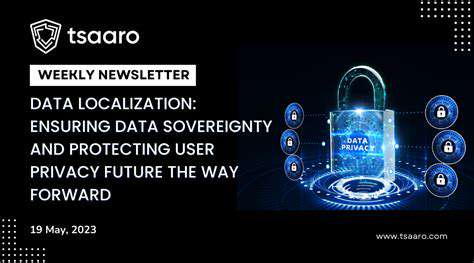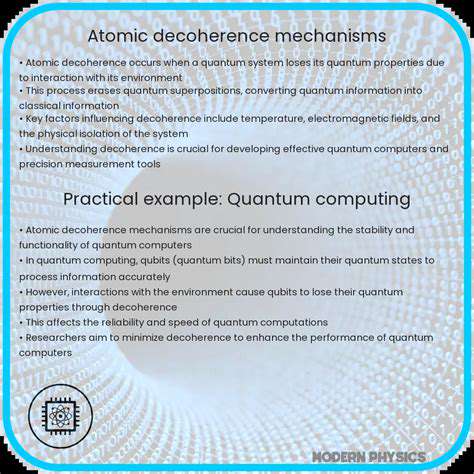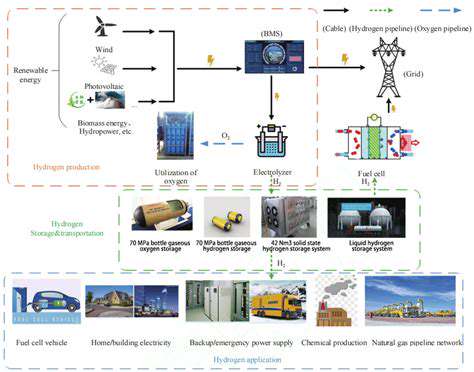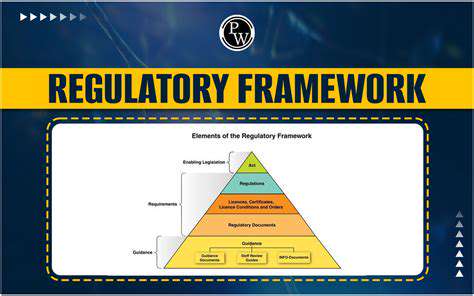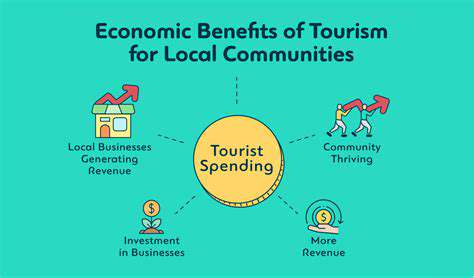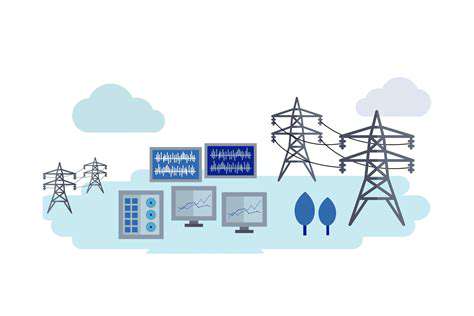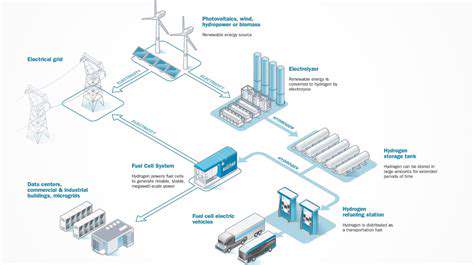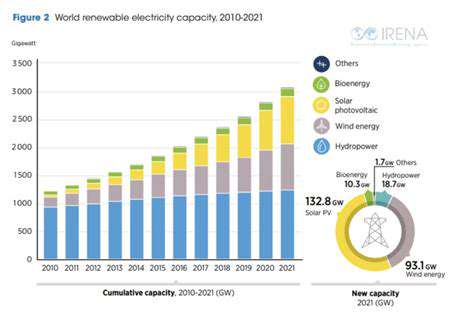The Global Landscape of Renewable Energy Investment
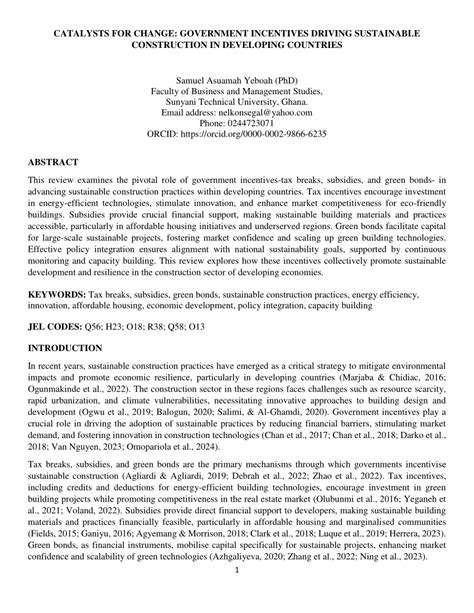
Smart Policy Design
Effective energy policy requires balancing multiple objectives. The most successful programs combine direct incentives with regulatory reforms that address systemic barriers. Germany's Energiewende demonstrated how feed-in tariffs could jumpstart an industry, while California's renewable portfolio standard showed how mandates can drive innovation.
The lesson from these case studies is clear: policies work best when they create virtuous cycles. Tax credits stimulate demand, which drives economies of scale, which lowers costs, which makes further policy ambition politically feasible. This positive feedback loop has transformed renewable energy from a subsidized alternative to the default choice for new power generation.
Financial Mechanisms That Work
Investment tax credits have proven particularly effective because they align with business decision cycles. A solar developer can immediately reduce tax liability, improving project economics from day one. When combined with accelerated depreciation schedules, these incentives can cut payback periods in half.
For homeowners, property-assessed clean energy (PACE) programs have removed upfront cost barriers by tying repayment to property taxes. This innovation has enabled middle-class families to participate in the energy transition without straining household budgets.
Building Public Support
The most durable policies are those with strong constituent backing. Successful jurisdictions have invested in public education campaigns that highlight both environmental and economic benefits. When communities understand how renewable projects create local jobs and stabilize energy costs, opposition gives way to enthusiastic support.
Transparent community benefit agreements have become best practice for large-scale projects. These legally binding commitments ensure host communities share in the economic rewards, creating powerful local advocates for renewable expansion.
Challenges and Future Outlook: Overcoming Obstacles
Technical Hurdles
While battery technology has advanced remarkably, grid operators still face challenges in managing high renewable penetration. The solution lies in smarter grid architecture - deploying advanced sensors, predictive analytics, and demand response systems. These digital innovations will transform our grids from passive distribution networks to active energy management platforms.
Materials science breakthroughs continue to push efficiency boundaries. Perovskite solar cells now threaten to disrupt the silicon-dominated market, while solid-state batteries promise to revolutionize energy storage. The research pipeline suggests we're only seeing the beginning of performance improvements.
Regulatory Evolution
Outdated utility regulations designed for centralized fossil generation must adapt to distributed renewable systems. The most progressive regulators are implementing performance-based ratemaking that rewards utilities for enabling clean energy rather than simply moving electrons. This fundamental shift in incentives is crucial for unlocking the next phase of deployment.
Standardized interconnection processes would dramatically accelerate project timelines. The current patchwork of local requirements creates unnecessary delays and costs that ultimately get passed on to consumers. A national framework for renewable siting could cut permitting times by months without compromising environmental protections.
Ensuring Equitable Access
The renewable revolution must benefit all communities, not just affluent ones. Innovative financing models like community solar gardens allow renters and low-income households to participate. Targeted workforce development programs are creating pathways to middle-class careers in solar installation and wind maintenance.
Energy justice principles are being embedded into policy design to prevent the concentration of environmental burdens in disadvantaged communities. The most forward-looking states now require environmental justice reviews for all major energy projects.
